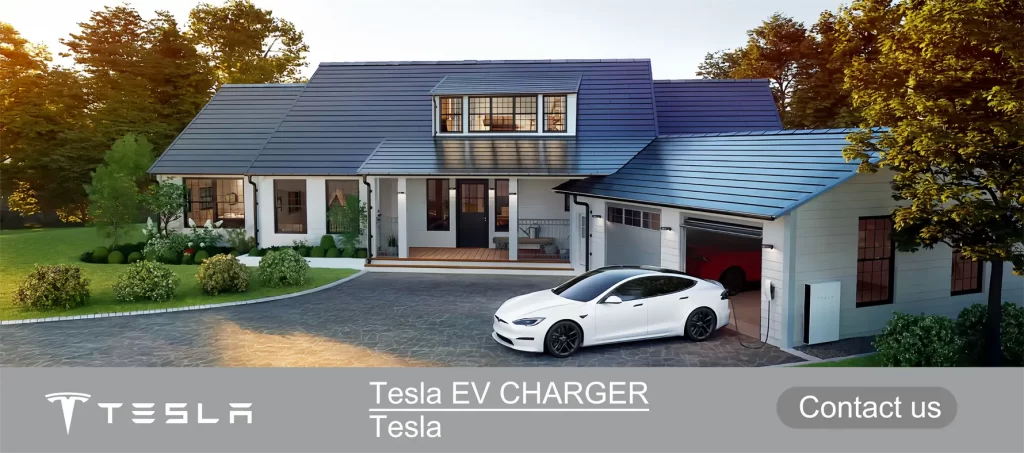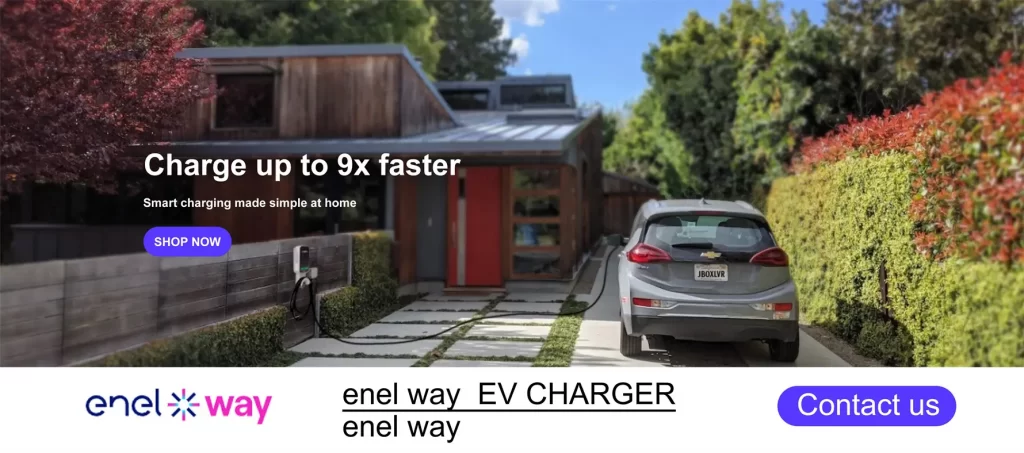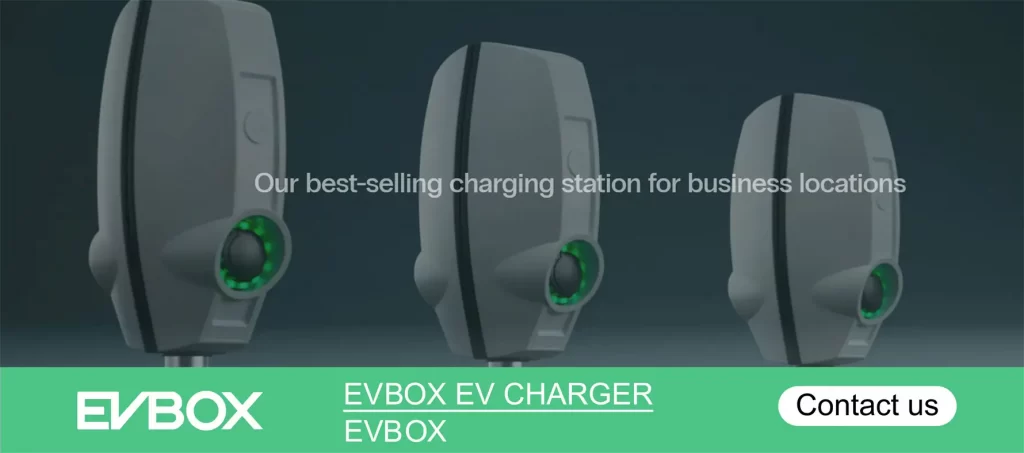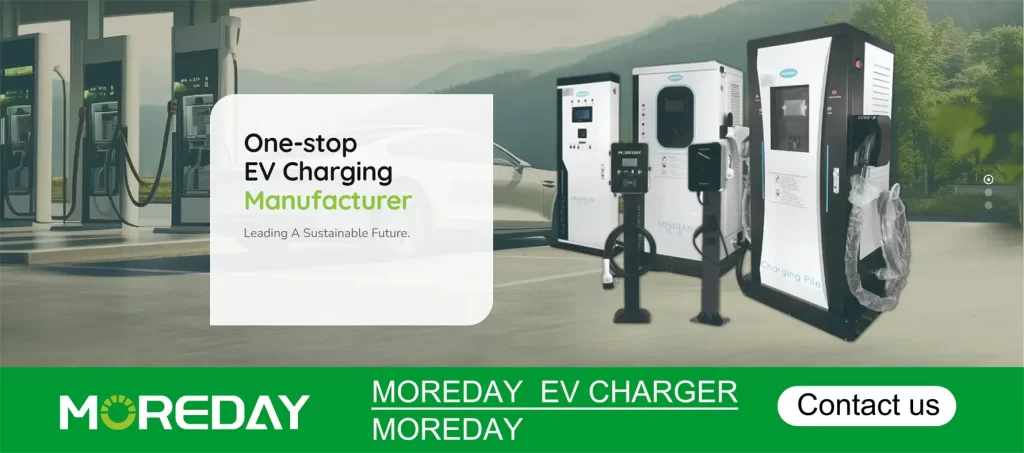Table of Contents
ToggleIntroduction
Welcome to our comprehensive guide on the benefits of three-phase EV chargers. As the popularity of electric vehicles continues to rise, it is essential to understand the advantages of different charging options. In this article, we will explore the world of three-phase power and how it can revolutionize your EV charging experience.
With the increasing demand for faster and more efficient charging, three-phase power has emerged as a game-changer in the EV industry. Unlike traditional single-phase power, three-phase power utilizes three active wires, allowing for a higher power delivery capacity. This means that three-phase EV chargers can charge your electric vehicle at a much faster rate, saving you valuable time and ensuring you can get back on the road quickly.
In this article, we will delve into the advantages of three-phase charging, comparing it to single-phase EV Chargers to highlight the significant differences. We will also discuss the considerations for installing three-phase EV Chargers, ensuring you have all the information you need to make an informed decision.
To help you navigate the market, we will showcase some of the most popular three-phase EV chargers available today. From their features and capabilities to user reviews, we aim to provide you with a comprehensive overview of the options available.
Whether you are a current EV owner looking to upgrade your charging setup or a prospective buyer considering an electric vehicle, understanding the benefits of three-phase EV chargers is crucial. So, let’s dive in and discover how this advanced charging technology can enhance your EV experience.
Understanding Three-Phase Power
To fully grasp the benefits of three-phase EV chargers, it is essential to understand the concept of three-phase power. Three-phase power is a type of electrical power supply that consists of three active wires and one neutral wire. Unlike single-phase power, which only has two active wires, three-phase power allows for a more efficient and balanced distribution of electricity.

In a three-phase power system, each active wire carries a different phase of the electrical current. These phases are evenly spaced, creating a smooth and continuous flow of power. This balanced distribution of electrical energy results in several advantages, particularly when it comes to charging electric vehicles.
One of the key benefits of three-phase power is its ability to deliver higher power levels. With three active wires, a 3 phase EV Charger can provide significantly more power to the electric vehicle compared to a single-phase charger. This means faster charging times and a more convenient charging experience for EV owners.
Additionally, three-phase power allows for better load balancing. By evenly distributing the electrical current across the three phases, the charger can prevent overloading and ensure a stable and reliable charging process. This is especially important in commercial settings where multiple EVs may be charging simultaneously.
Overall, understanding three-phase power is crucial in appreciating the advantages of three-phase EV chargers. With their ability to deliver higher power levels and provide efficient load balancing, these chargers offer a superior charging experience for electric vehicle owners.
The Advantages of Three-Phase Charging
When it comes to charging electric vehicles, three-phase charging offers several advantages over single-phase charging. With the ability to deliver more power, 3 phase EV Chargers can significantly reduce charging times and provide a more efficient and convenient charging experience.
One of the main advantages of three-phase charging is the faster charging speed. Compared to single-phase EV Chargers, which are limited to around 2.3 kW, three-phase EV Chargers can deliver up to 22 kW of power. This means that electric vehicles can be charged up to four times faster, allowing drivers to spend less time waiting for their vehicles to charge and more time on the road.
In addition to faster charging, three-phase charging also offers greater flexibility. With the ability to deliver higher power, three-phase EV Chargers can accommodate a wider range of electric vehicles, including those with larger batteries. This means that regardless of the size or capacity of your electric vehicle, a three-phase charger can provide the necessary power for efficient charging.

Furthermore, three-phase charging is more efficient and can help reduce energy costs. By distributing the electrical load across three phases, three-phase chargers can balance the power demand and minimize strain on the electrical grid. This not only ensures a more stable and reliable charging process but also helps to optimize energy usage and reduce overall charging costs.
Overall, the advantages of three-phase charging make it an ideal choice for electric vehicle owners who prioritize fast and efficient charging. With faster charging speeds, greater flexibility, and improved energy efficiency, three-phase EV Chargers offer a superior charging experience that can meet the needs of any electric vehicle owner.
Three-Phase Chargers vs. Single-Phase Chargers
When it comes to charging your electric vehicle (EV), the choice between a 3 phase EV Charger and a single-phase EV Charger is an important decision to make. Both options have their advantages and considerations, and understanding the differences can help you make an informed choice.
One of the main differences between three-phase and single-phase chargers is the charging speed. Three-phase EV Chargers have a higher power transfer capacity, allowing for faster charging times compared to single-phase chargers. With a three-phase charger, you can potentially charge your EV several times faster, making it ideal for those who need to get back on the road quickly.
Another factor to consider is the compatibility with your EV and the electrical infrastructure of your home. Some EVs are designed to work with three-phase chargers, while others are compatible with single-phase chargers. It’s important to check the specifications of your EV to ensure compatibility with the charger you choose.
Cost is also a consideration. Three-phase chargers tend to be more expensive than single-phase chargers, both in terms of the charger unit itself and the installation process. Additionally, not all residential homes have a three-phase electrical connection, which may require an upgrade to accommodate a three-phase charger.
Ultimately, the choice between a three-phase charger and a single-phase charger depends on your specific needs and circumstances. If you have a three-phase electrical connection at home and your EV is compatible, a three-phase charger can provide faster charging speeds. However, if you have a single-phase electrical connection or your EV is not compatible with three-phase charging, a single-phase charger can still provide convenient and efficient charging.
Consider your EV’s charging requirements, the electrical infrastructure of your home, and your budget when deciding between a three-phase charger and a single-phase charger. Consulting with a professional electrician can also help you make the right choice for your charging needs.
Considerations for Installing 3 Phase EV Chargers
When it comes to installing 3 phase EV Chargers for electric vehicles (EVs), there are several important considerations to keep in mind. These considerations will ensure that you have a smooth and efficient charging experience, while also maximizing the benefits of your three-phase power supply.

Power Supply Capacity: Before installing a three-phase charger, it is crucial to assess the capacity of your power supply. Ensure that your electrical panel and wiring can handle the increased load of a three-phase charger. Consulting with a qualified electrician can help determine if any upgrades or modifications are necessary.
Charging Location: Consider the location where you plan to install the charger. It should be easily accessible and provide sufficient space for the charger and the EV. Additionally, ensure that the charger is protected from the elements and installed in a safe and secure area.
Charger Compatibility: Not all EVs are compatible with three-phase charging. Before installing a three-phase charger, verify that your EV supports three-phase charging and can take full advantage of the increased charging speed. This information can usually be found in the vehicle’s manual or by contacting the manufacturer.
Installation Costs: Installing a three-phase charger may involve additional costs compared to a single-phase charger. The complexity of the installation process and any necessary upgrades to your electrical system can impact the overall cost. It is advisable to obtain quotes from reputable installers to ensure you have a clear understanding of the expenses involved.
Future-Proofing: Consider your future needs when selecting a three-phase charger. If you plan to upgrade to a higher-capacity EV in the future, choosing a charger with a higher power rating can save you from having to upgrade the charger again.
By carefully considering these factors, you can ensure a successful installation of your three-phase charger. This will enable you to take full advantage of the faster charging speeds and maximize the benefits of your three-phase power supply. Remember to consult with professionals and follow all applicable regulations and guidelines to ensure a safe and efficient charging setup.
Popular Three-Phase EV Chargers on the Market
When it comes to three-phase EV chargers, there are several options available on the market that cater to the needs of electric vehicle owners. These chargers are designed to provide faster and more efficient charging, making them a popular choice for those who want to minimize their charging time and get back on the road quickly. Here are some of the top three-phase EV chargers that you can consider:
Tesla Wall Connector: This charger is specifically designed for Tesla vehicles and offers a maximum charging power of up to 22 kW. It provides a sleek and convenient charging solution for Tesla owners, with features like Wi-Fi connectivity and customizable power settings.
JuiceBox Pro 40: The JuiceBox Pro 40 is a versatile three-phase EV Charger that can deliver up to 11 kW of power. It is compatible with a wide range of electric vehicles and offers smart charging features, such as mobile app control and scheduling options.
ABB Terra AC Wallbox: ABB is a renowned name in the field of charging infrastructure, and their Terra AC Wallbox is a reliable and efficient three-phase charger. It offers a charging power of up to 22 kW and is equipped with advanced safety features, including ground fault detection and temperature monitoring.
EVBox BusinessLine: The EVBox BusinessLine is a robust and future-proof three-phase charger that can deliver up to 22 kW of power. It is designed for commercial and public charging applications, with features like RFID authentication and remote management capabilities.
Delta AC Mini Plus: The Delta AC Mini Plus is a compact and powerful three-phase charger that offers a charging power of up to 22 kW. It is suitable for both residential and commercial use and comes with built-in protection mechanisms to ensure safe and reliable charging.
MOREDAY AC Wallbox Capricornus: is a niche brand three-phase charger with modern design and aesthetics. It has a charging power of up to 22 kW, can adjust the current, and comes with a smart APP. It is suitable for residential and commercial use. It has a comprehensive protection mechanism and is waterproof and dustproof outdoors to ensure safe and reliable charging.
These are just a few examples of the popular three-phase EV chargers available on the market. When choosing a charger, it’s important to consider factors such as compatibility with your electric vehicle, charging power, and additional features that enhance convenience and safety. By investing in a high-quality three-phase charger, you can enjoy faster and more efficient charging for your electric vehicle.
Derek Ke
Hey, I’m Derek Ke, the founder of Moredaydc.com, an expert in solar electrical products and ev charging.
In the past 15 years, we have helped 60 countries and nearly 500 customers (such as farms, residences, industrial and commercial) solve new energy and green power problems. This article aims to share more knowledge about solar electricity and new energy with everyone, so that green electricity can enter every home.
Make Electricity Available To All People









